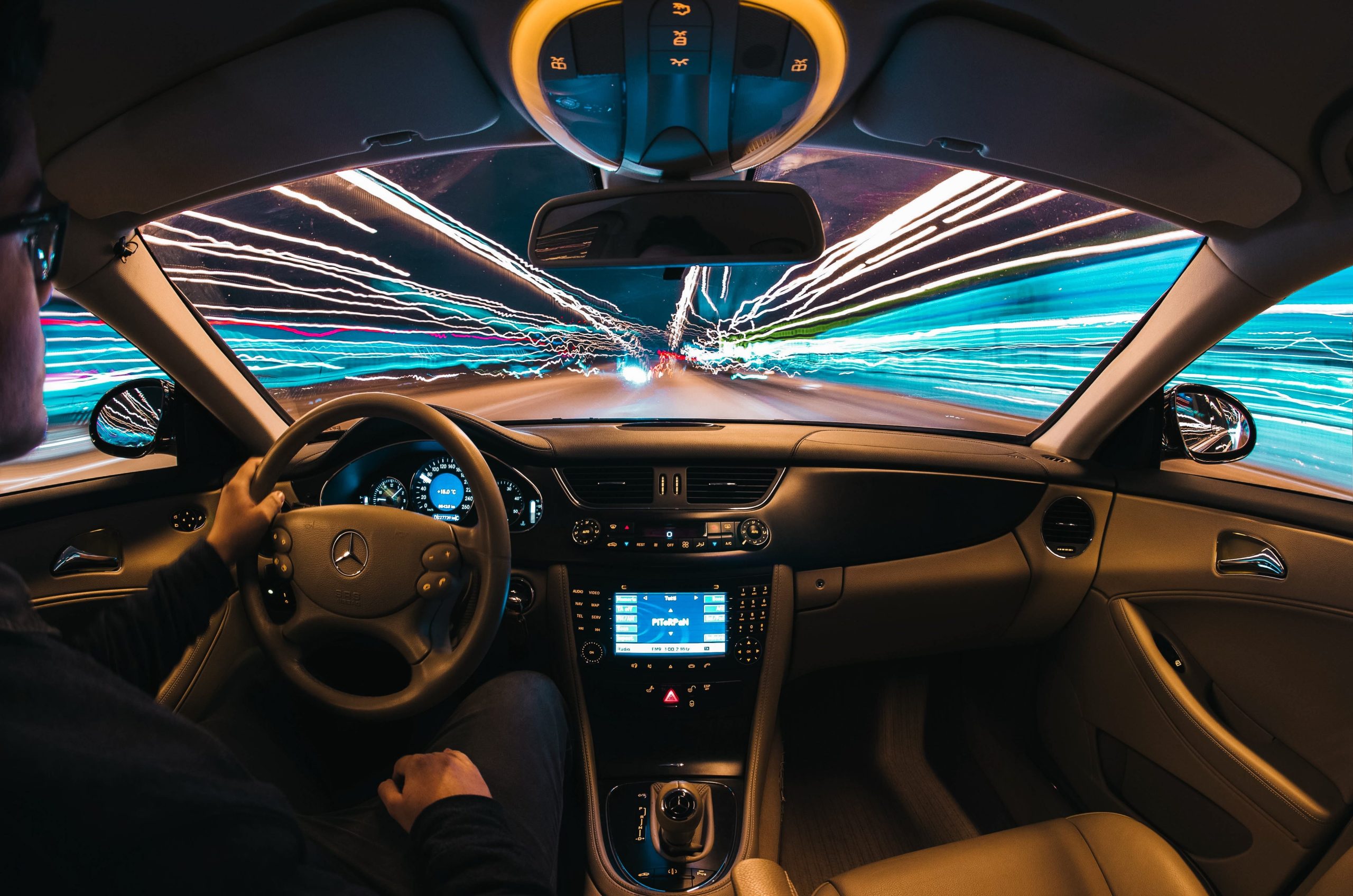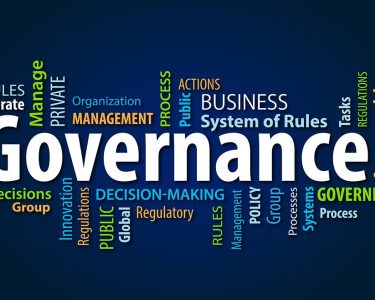Introduction
Fasten your seatbelts and brace yourselves, because the world is about to change. With autonomous vehicles gradually becoming a reality on our roads, we are entering an era where cars will be driving themselves without human intervention. While this technology promises greater convenience, efficiency, and safety for drivers and passengers alike, it also raises some critical concerns around liability and responsibility in case of accidents or mishaps. In this blog post, we’ll delve into the complex question of who’s at fault when things go wrong in a self-driving world – buckle up as we explore the legal and ethical implications of this futuristic landscape!
Liability and Responsibility in a Self-Driving World
When it comes to liability and responsibility in a self-driving world, who’s at fault?
In general, the vehicle owner is primarily liable for any accidents or injuries that occur while their autonomous car is in use. This includes when the car is driven by a human, or when it’s operated in self-driving mode.
However, there are some exceptions to this rule. For example, if the autonomous car was operating improperly at the time of the accident, then the driver may be partially or fully responsible. Similarly, if a third party intervenes during an accident and causes damage to the autonomous car, they may also be held liable.
Keep in mind that these are only general guidelines; each case will vary depending on specific facts and circumstances. If you’re involved in an accident with an autonomous car, make sure to consult with a lawyer to learn more about your rights and responsibilities.
Legal Definitions of Auto Crashes
In a self-driving world, who’s at fault in an auto crash?
The legal definitions of auto crashes can be confusing and vary from state to state. In general, however, there are three common elements in all auto crashes: operator error, vehicle failure, and negligence on the part of the operator.
Operator Error: This is when the driver of the vehicle fails to obey traffic laws or operates the car in a careless or reckless manner. This can include speeding, running red lights, or making illegal turns.
Vehicle Failure: This happens when the car’s sensors malfunctions or its engine stalls.
Negligence on the Part of the Operator: This refers to any careless behavior by the driver that causes an accident. This could include driving under the influence of drugs or alcohol, texting while driving, or not wearing a seatbelt.
Defining Elements of Liability in a Self-Driving World
When a self-driving car crashes, who is at fault? In a world where autonomous cars are becoming more prevalent, liability and responsibility in a self-driving world is becoming an increasingly important question.
A few key things to keep in mind when investigating liability in a self-driving world:
First and foremost, the driver of the self-driving car is always responsible for their actions while driving. This includes any mistakes or malfunctions that may occur while the car is operating autonomously.
Second, regardless of who was driving the self-driving car at the time of the crash, both manufacturers and drivers of manually operated vehicles are still liable for any accidents that occur while their vehicle is on public roads. This means that even if an accident occurs with a manual vehicle which was not driven by anyone authorized by the manufacturer, drivers and manufacturers can still be held liable.
Finally, it’s important to note that there are certain exceptions to these general rules. For example, if someone else was operating the self-driving car under instruction from the manufacturer then they would not be considered primarily responsible for the accident. Similarly, if someone is riding in a self-driving car as a passenger and does not have physical control over either the vehicle or its software then they are generally not considered to be at fault for an accident.
Negligence: The Legal Standard for Fault in Auto Crashes
Auto accidents can be very costly for those involved, and often court judgments are reached based on the legal standard of negligence. Negligence is the legal standard for fault in auto crashes. In order to prove negligence, a plaintiff must show that the defendant was careless or had a reckless disregard for the safety of others. This can be done by demonstrating that (1) the defendant knew or should have known of the danger; and (2) the defendant did not take reasonable steps to avoid it.
Reckless disregard is often difficult to prove, as it requires a showing that the defendant had an intent to engage in conduct that was so dangerous as to constitute a serious risk of causing injury or death. In most cases, however, negligence will be proven based on a showing that the defendant failed to use reasonable care in performing an act that was likely to cause injury or death. Thus, whether someone is at fault in an auto accident largely depends on what they were doing at the time of the crash.
Contributory Negligence: Involving Additional Parties to a Crash
If you’re involved in a car crash, and one or more of the drivers involved was negligent in some way, your liability may be increased. This includes additional parties to the accident–such as pedestrians or cyclists who were on the road at the time.
When you’re involved in an auto accident, it’s important to contact an insurance adjuster as soon as possible. The adjuster will help you figure out who is responsible for your injuries and damage, and will work to get you the compensation you need.
Conclusion
In a self-driving world, we are quickly moving toward a future where many tasks and activities will be carried out by machines – without human involvement. This raises important questions about who is responsible in the event of an accident – and who should be liable. As autonomous vehicles become more widespread, it is important to consider all the factors involved in these accidents, so that everyone can make informed decisions about their safety.




